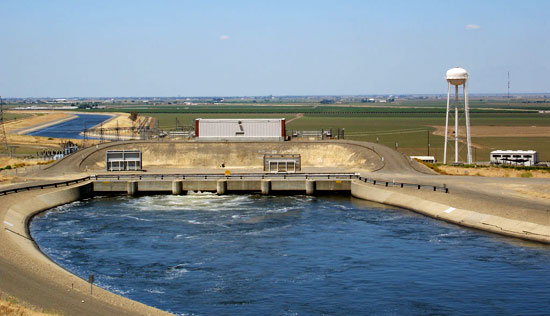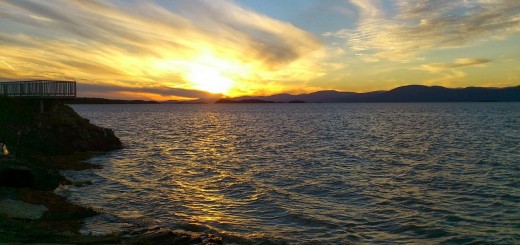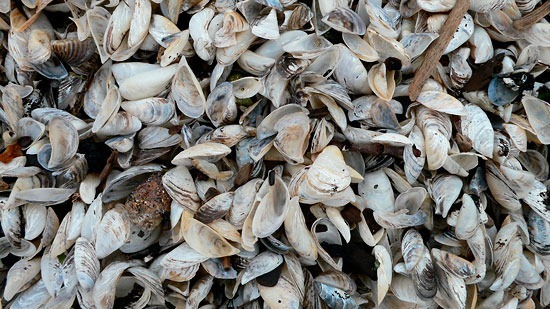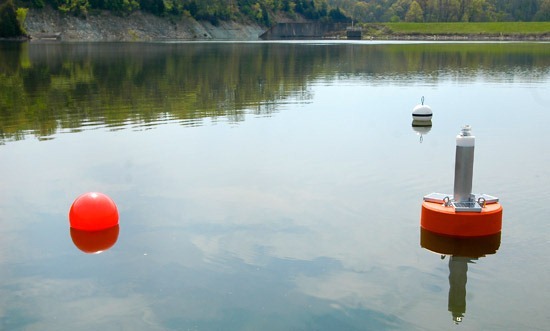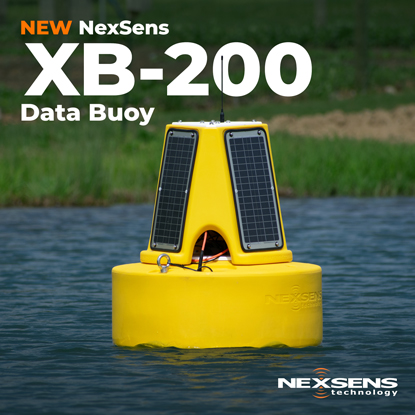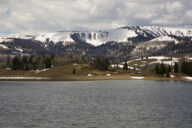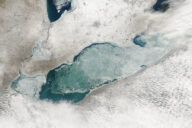Research Brief: Threats to High-Mountain Lakes in the Alps
0A 2024 study published in Ecological Indicators compiled and examined the historical and present threats to high-mountain lakes in the Alps. Understanding these threats is crucial for conservation as the world continues to change and threats worsen over time.1
Current Threats to Alpine Lakes
High-mountain lakes currently face a number of threats, some of which have been brewing for centuries. Climate change, glacier retreat, UV radiation increases, contamination and nutrient loading, invasive (alien) species, tourism, and water usage are all environmental stressors that impact these sensitive ecosystems.1
All of these environmental stressors feed into one another, triggering or exacerbating another threat. For example, increased UV radiation leads to higher temperatures, which promote increased rainfall (through evapotranspiration), which then leads to sediment and nutrient runoff from the land to nearby water bodies.
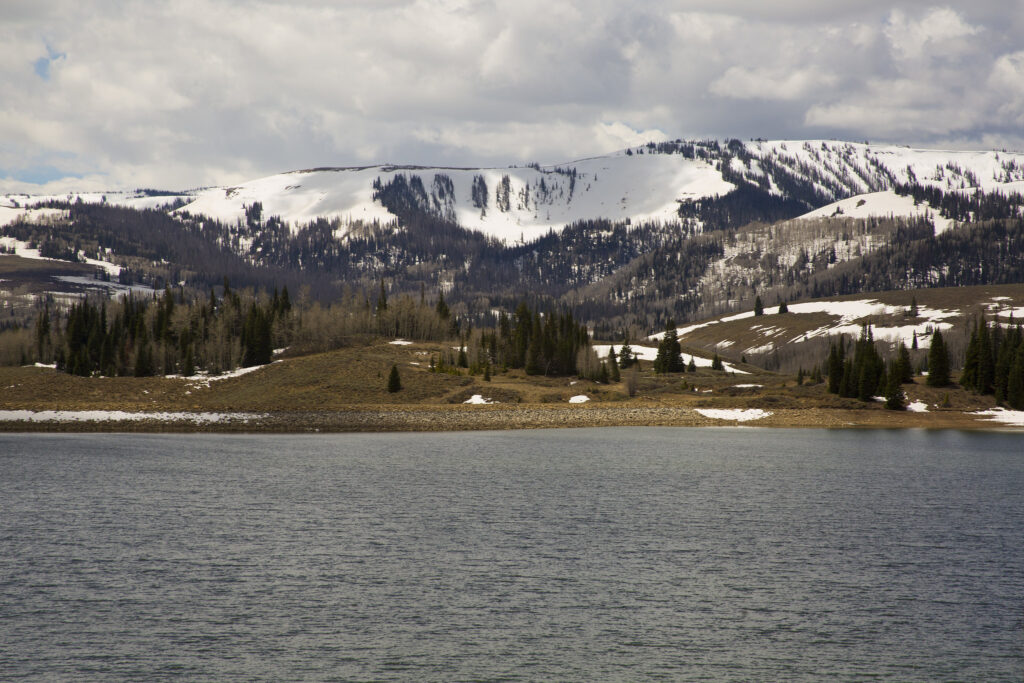
Manti-La Sal National Forest. (Credit: US Forest Service via Flickr Public Domain)
Human-caused climate change dates all the way back to the industrial era and has led to global temperature changes, variations in precipitation trends, and increased frequency of extreme weather events.1
Water temperature fluctuations also impact the habitat suitability of the high-mountain lakes for native aquatic species, leading to disease and death in extreme cases, as these cold-water species are particularly vulnerable to temperature changes.
The study notes that “the impact of temperature was notably observed through increases in conductivity, pH, alkalinity, sulfate content, and the overall concentration of ions.”1 These alterations can impact the physical and chemical processes of the lake.
The retreat of glaciers is another indicator of human influence on these sensitive systems.1 A primary driver of this is the release of greenhouse gases, primarily carbon dioxide, which then leads to increases in air temperature and therefore water temperatures.
Temperature rises can then lead to glacial melting, which can result in glacial lake outburst floods (GLOFs) and other hydrological dynamic changes. While typical glacial melt off is cold, clear, and low in nutrients, the high temperatures associated with climate change have led to much warmer runoff and other water quality issues that impact high-mountain lakes.1
Glacial retreat can also impact water usage in nearby communities that rely on high-mountain lakes as a freshwater resource, leading to strain on other nearby water sources.1
Being at a higher altitude, alpine lakes are exposed to higher concentrations of UV radiation naturally.1 However, long-term depletion of the ozone layer has allowed greater concentrations to reach the Earth’s surface, leading to increased (both in temperature and speed) warming of high-mountain lakes.
Alpine lakes are also known for being extremely clear, which allows these stronger UV rays to reach even deeper in the water column, which can harm microorganisms like phytoplankton.1 The decline of phytoplankton communities can destabilize the entire lake ecosystem and the terrestrial ecosystem that relies on the lake.
With rises in temperatures and precipitation, the frequency and severity of nutrient and contaminant loading have increased.1
Glacial outputs may typically be cool and relatively pristine, running over contaminated land or high-frequency melting events leads to nutrient flooding as the land erodes and nutrients are carried downhill (or downstream) to the high-mountain lakes. These excesses impact productivity in these naturally oligotrophic lakes.
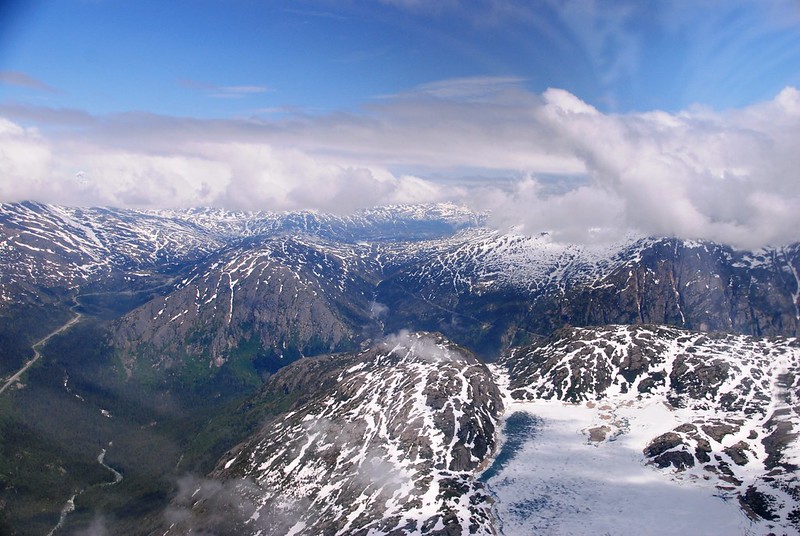
Goat Lake in Skagway, Alaska. (Credit: jjjj56cp via Flickr CC BY-NC-SA 2.0)
Human activities like tourism or different forms of land use can also lead to the increased presence of contaminants and overall nutrient output into the larger watershed.
Chemical pollutants and microplastics can reshape high-mountain lake ecosystems through declining water quality and disrupting food webs and aquatic species’ health and development.
The study also notes the influence of dry and wet deposition, which is a key mechanism of long-range pollutant transport.1 “Dry deposition occurs when airborne particles settle directly onto the lake’s surface, while wet deposition involves the removal of contaminants through precipitation.”1,2
A new and growing concern in high-mountain lakes is the influence of alien species, which outcompete or disrupt native species. Alien species can alter the food web, trigger changes in water quality, and affect disease transmission.1
Human activities like tourism and water use can both impact lake health. Tourism in the Alpine region has grown in popularity over the years, and can result in disturbances to the surrounding environment. The construction of trails destroys habitats, contributes to soil erosion, and disrupts these sensitive ecosystems.
Hiking may trample local, sensitive vegetation, cause soil compaction, and affect flora reproduction in already slow-growing and vulnerable plants. Hikers may also leave behind waste that leads to contaminants entering high-mountain lakes.
Water usage, like drinking water and hydropower, must be balanced carefully so as not to offset the ecosystem. “Environmental impacts include alterations to natural flow patterns, habitat disruption and sedimentation.”1,3
Conclusion
Understanding the complexity of all of these threats is key to developing informed management strategies for high-mountain lakes and protecting these vulnerable ecosystems. Future research should focus on further dissecting the nuances of these threats and how best to respond to them.
Sources
- Pastorino, P., Elia, A. C., Pizzul, E., Bertoli, M., Renzi, M., & Prearo, M. (2024). The old and the new on threats to high-mountain lakes in the Alps: A comprehensive examination with future research directions. Ecological Indicators, 160, 111812. https://doi.org/10.1016/j.ecolind.2024.111812
- Daly, G. L., & Wania, F. (2005). Organic contaminants in mountains. Environmental science & technology, 39(2), 385-398.
- Haeberli, W., Buetler, M., Huggel, C. et al. New lakes in deglaciating high-mountain regions – opportunities and risks. Climatic Change 139, 201–214 (2016). https://doi.org/10.1007/s10584-016-1771-5




